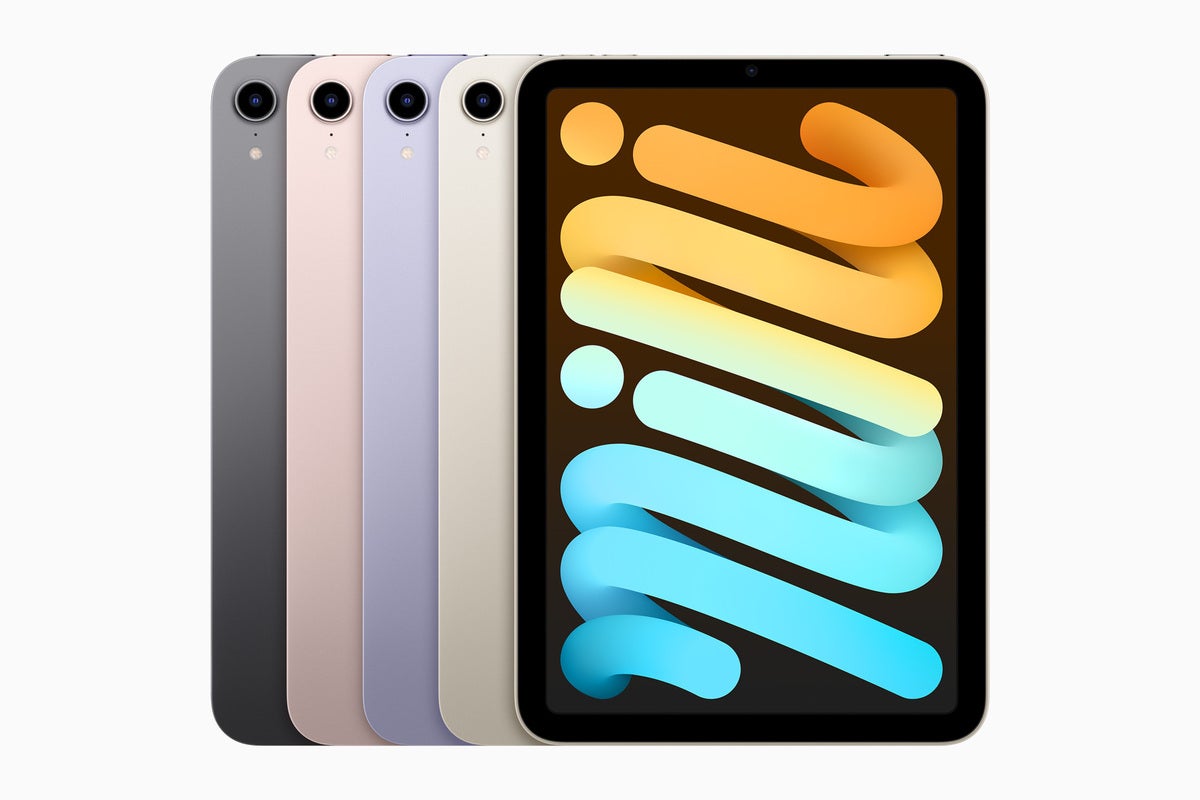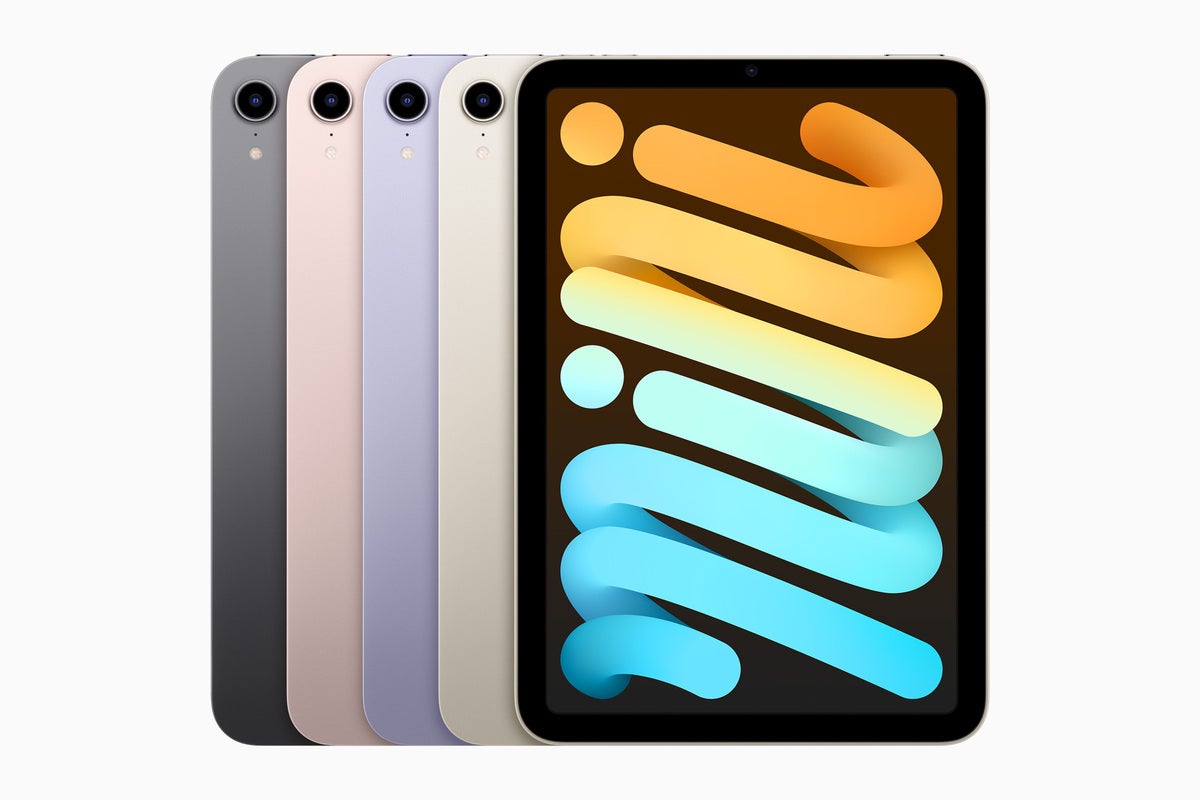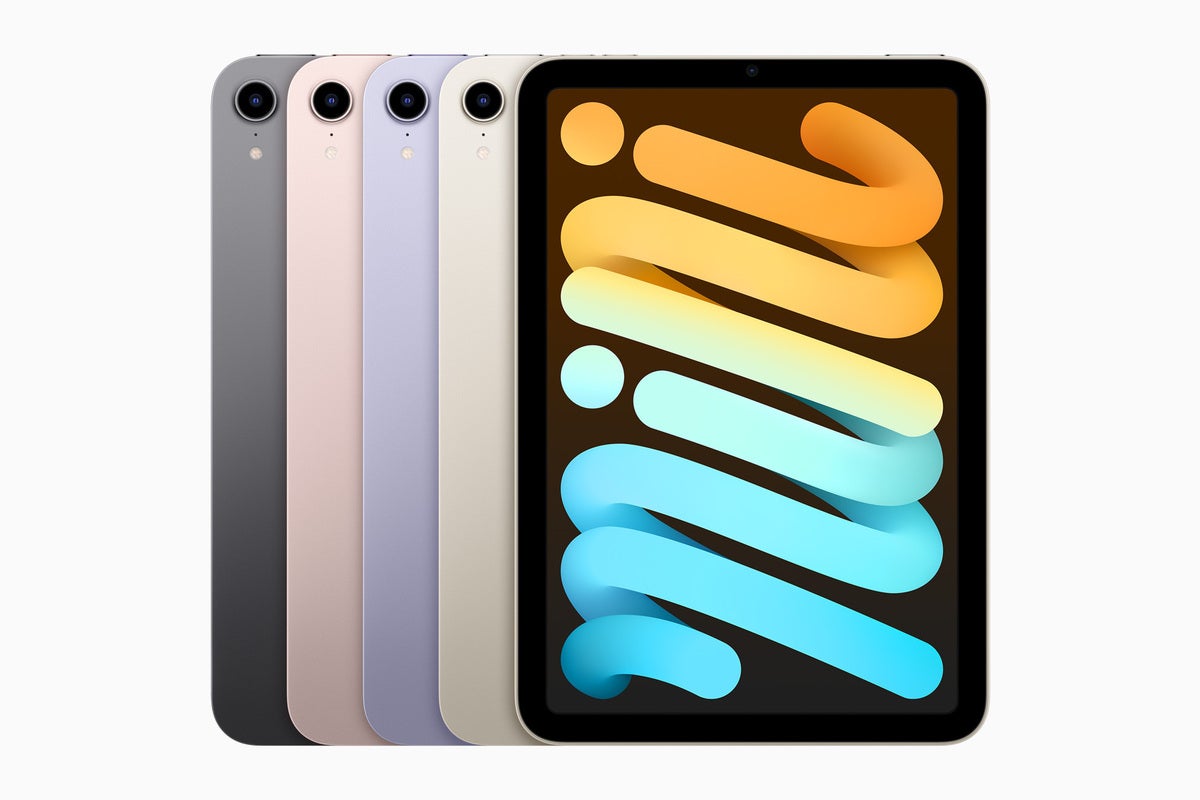
I imagine the A15 processor inside the iPad mini may deliver similar performance to what it can achieve inside the smaller iPhone. We don’t have the benchmark data to prove this assumption yet, but it’s possible — assuming Apple hasn’t downclocked the chip.
The iPad mini basics
Apple told us the new A15 processor in the iPad mini delivers “a 40% jump in performance, and the 5-core GPU delivers an 80% leap in graphics performance compared to the previous generation of iPad mini.”
The previous model used an A12 Bionic chip about as powerful as the entry-level iPad 8, which has also been replaced. A little creative thinking based on adding 40% to existing single-core and multi-core iPad mini benchmarks means the new iPad mini should be just about as capable as the current iPad Air, which was last year’s best Apple tablet.
When that version of the Air shipped, it was faster than the second-generation 11-in. iPad Pro and the 12.9-in. A12Z Bionic iPad Pro.
Stop with the numbers already
I’m going to interrupt this stream of statistics to make a point: The newly-introduced iPad mini is probably as powerful as 2020’s high-end iPad Pro, but weighs less than half as much. (It weighs 0.65 pounds in contrast to the pro, which weighed 1.41 pounds.)
You also get less display (8.3 inches v 12.3 inches), though higher pixel density (326ppi vs 264ppi). But the real compromise is on storage, with a miserly 64GB in the entry-level model. If you do serious work, you will want the 256GB version, which starts at $649.
So, while the wonderful new iPad mini packs as much punch as the pre-pandemic iPad Pro, it doesn’t quite have all the bells and shiny ‘starlight’ (WTF?) whistles of that device. It’s a compelling tablet in its own right that will do what you want it to do. But isn’t quite a pro.
So, what am I saying?
Here’s my take: The decision to put an iPhone chip in the iPad mini clarifies once again that what will differentiate the iPad Pro range from other iPads (including this one) is the inclusion of the more powerful M-series chip, supplemented by memory, latency, and other features that make the pro devices better for long-term professional use.
That means (surprising no one) you have two distinct families of device and, over time, as Apple’s silicon development teams forge their own distinct paths following the fork between M and A you will see wider differences emerge. So we need to look at price.
Right now, the iPad range consists of A-series tablets and M-series Pro devices straddling starting price ranges of between $499-$1,099, increasing if you need additional storage or a cellular connection.
Here’s how the entry-level pricing stacks up:
- iPad Pro 12.9-inch: From $1,099.
- iPad Pro 11-inch: From $799.
- iPad Air 4: From $599.
- iPad 9: From $329.
- iPad mini 6 $499.
I think these tiers show space that could be populated by an M-series iPad Pro mini at around $849. If you want something portable, but with the power of a pro, you’ll pay for it. But if you just want an iPad, the A-series will do most everything you need.
There is a market for the iPad Pro mini
Having only now introduced the A-series iPad mini, Apple is unlikely to want to blunt its reach with a pro. Everyone seems to want one. But Apple already knows there is a highly professional market for these devices. We know it knows this because it told us so.
Introducing the device at its launch event, Apple CEO Tim Cook described its use as being “secured to the leg of a pilot’s leg in flight or pulled from a doctor’s lab coat during patient treatment.” He referred to pro uses for the tablet in interviews after the event.
The company has referred to three specific pro usage cases:
- Photographers on location editing photos grabbed from their camera.
- Doctors in remote areas running an ultrasound scan using Butterfly.
- Technicians using Splunk AR to access complex schematics on site.
It’s easy to imagine other usages, from warehousing to distribution, manufacturing, field service, and beyond. Many such uses may be served by the iPhone 13 range, but Apple recognizes some enterprises need an ultra-portable tablet more.
“The new iPad mini is a major upgrade and arguably more akin to Apple’s iPad Pro category given its design, support for the A15 Bionic chip and a USB-C connector,” said Ben Wood, chief analyst at CCS Insight.
“The iPad mini represents a significant opportunity for the iPad brand to extend deeper into the numerous industry sectors that Apple is already supporting, such as aviation, healthcare and retail.”
Now it’s just a matter of finding out the extent to which demand in those sectors scales higher. If Apple experiences lots of demand from enterprises wanting to make use of the iPad mini, it will have a chance to move mini’s story higher.
An iPad Pro mini would enable the company to push harder into even more specific and demanding enterprise-focused markets. I think that’s what should happen.
Apple has a real opportunity to pivot the big interest it’s about to experience with the A15 iPad mini (this year’s hottest tablet) into ginormous passion for iPad mini Pro.
Please follow me on Twitter, or join me in the AppleHolic’s bar & grill and Apple Discussions groups on MeWe.



